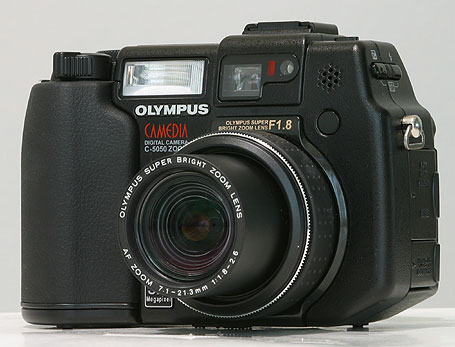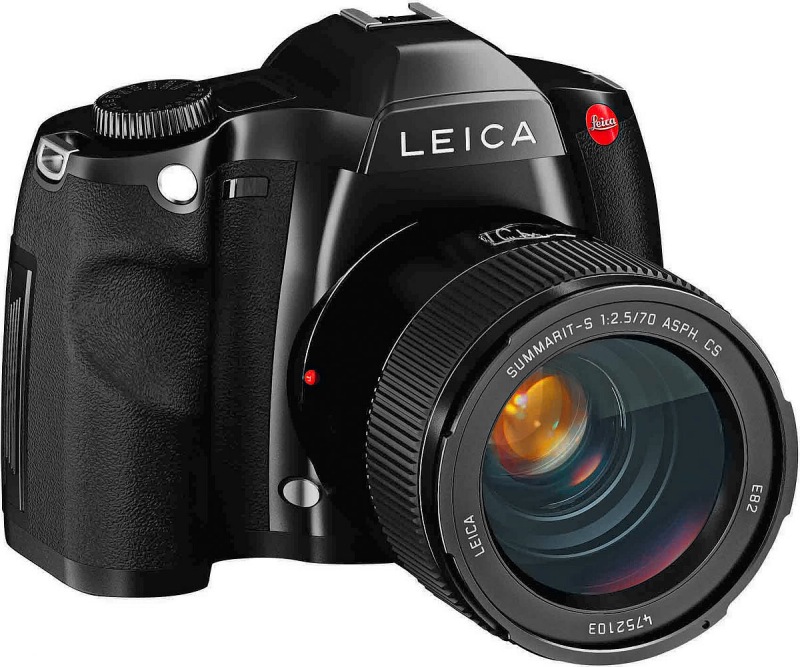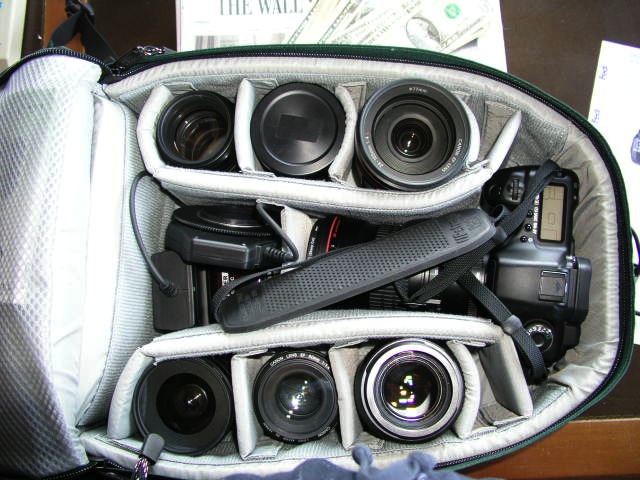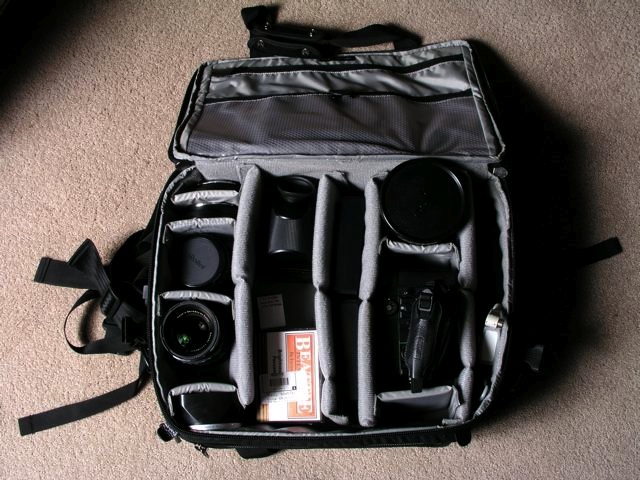Bigger sensors and cheaper cameras coming.
Right now if you want a step up in sensor size (and dynamic range, resolution, color fidelity, etc.) your choices have been limited to the established Hasselblad (made by Fuji) H3D range which tops out at 50 megapixels from a 48mm x 36mm Kodak sensor and costs more than most new cars. There’s a coming offering from Mamiya, the DL28 at $15,000 and Pentax is rumored to have filed patent papers for a medium format DSLR. The latter makes especial sense given that Pentax already has fine medium format lenses available for both 6x7cm and 6×4.5cm film formats.
Now rumors abound of a medium format offering from Nikon which may be 48x48mm or 48x36mm (like the Leica S2 at $40,000 and counting) and may be a DSLR or a rangefinder along the lines of the great Mamiya 6 and 7. I used a 6 for many years and just loved the compromise of negative size and reasonable bulk in a near-silent rangefinder body.
The significance of these rumors is that Nikon is more than likely to make a working proposition of a medium format digital than most. The Hasselblad relies on the traditional waist level format at a ridiculous price. I haven’t used one but reviews suggest the camera is clunky in the extreme with slow operating controls, a lousy LCD display and limited in-camera adjustments, not to mention seriously compromised metering. So the rumors about Nikon are especially appealing. If Nikon can confer its trade mark ease of use on a medium format body with a 50 megapixel low noise sensor at a price of, say, $10,000, I do believe the floodgates will open. Any number of pros and advanced amateurs will hold their breath at the price, much as they did when Canon started asking $7,000 for its pro full frame 1Ds bodies, but will nevertheless bite the bullet. With so relatively few pixels on such a large sensor the image quality should easily match 4 x 5 film cameras at a fraction of the weight and inconvenience, not to mention an increase of an order of magnitude in productivity. Have you ever tried scanning 4×5 film? I have. Not fun and not fast.
Whatever the rumors, this all spells good news for image quality mavens. More sensors by more manufacturers will mean lower prices and we can expect to see better ergonomics as manufacturers learn from smaller format DSLRs which have largely got the user interface right.
Finally, there’s the Phase One 645 body (looking for all the world like the Mamiya DL28 but with a Phase One back rather than a Leaf), rumored to take all sorts of different lenses from Hasselblad and Pentax. These are exciting times.
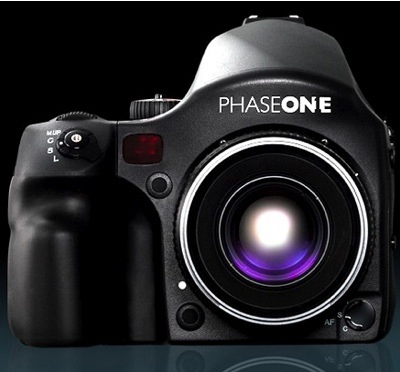
Probably costly, but this is all pointing in the right direction.

